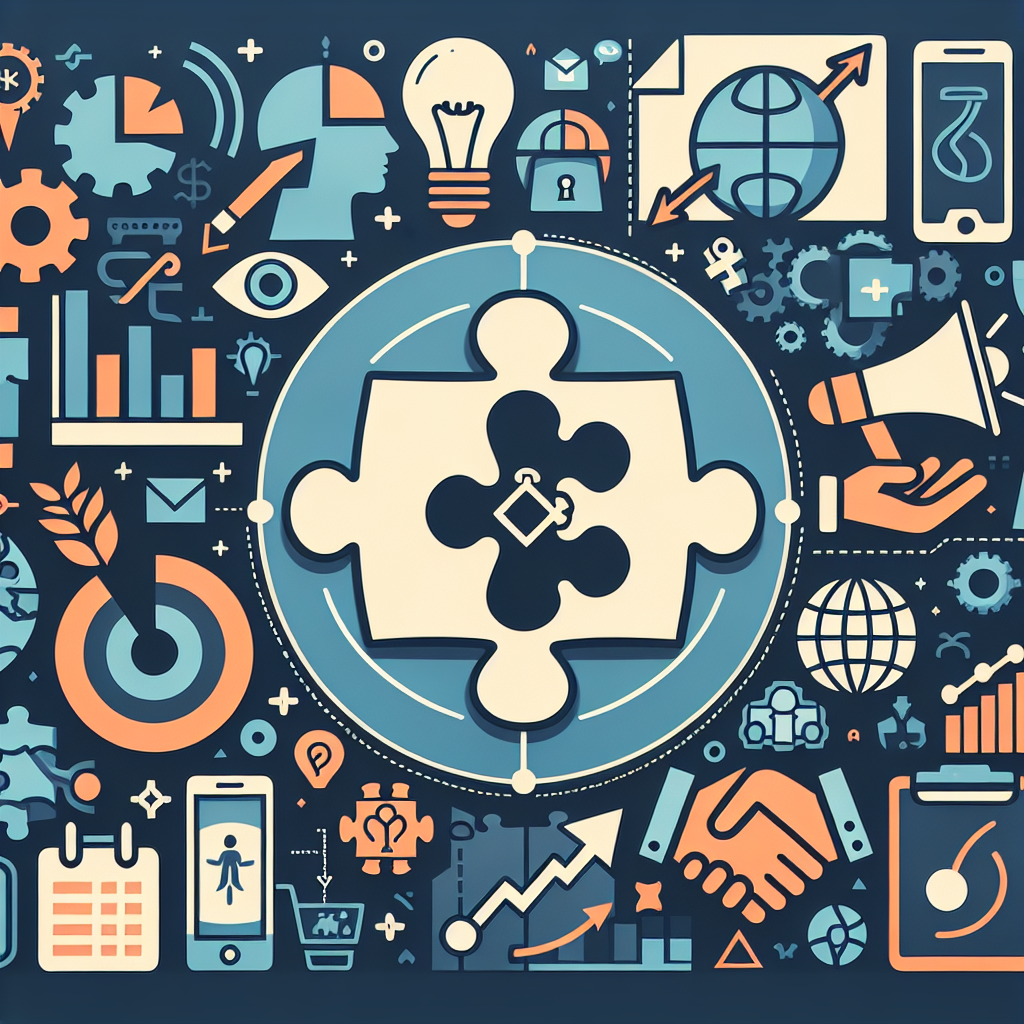Effective Content Marketing Strategies for B2B Companies
Understanding the Unique Challenges of B2B Content Marketing
Content marketing for B2B companies comes with its own set of unique challenges that differentiate it from B2C strategies. One of the most significant hurdles is the longer sales cycle. Unlike B2C transactions, which are often impulsive or emotionally driven, B2B purchases involve extensive research, multiple decision-makers, and a focus on ROI. This means that content must nurture leads over time, providing value at every stage of the buyer’s journey.
Another challenge is the niche audience. B2B companies often cater to highly specific industries, requiring content that speaks directly to their pain points, technical needs, and business goals. Generic content won’t cut it; instead, marketers must create tailored, industry-specific materials that resonate with their audience.
Trust-building is also critical in B2B content marketing. Businesses are less likely to make decisions based on flashy ads or emotional appeals. Instead, they rely on data, case studies, and proven expertise. Content must establish credibility and position the company as a thought leader in its field. This requires a consistent focus on delivering high-value, authoritative content that addresses the audience’s challenges and offers actionable solutions.
Finally, B2B marketers must navigate complex organizational structures. Unlike B2C, where the buyer is often the sole decision-maker, B2B purchases involve multiple stakeholders, including decision-makers, influencers, and end-users. Content must cater to each of these roles, addressing their unique concerns and priorities.
Defining Your Target Audience and Buyer Personas
Understanding your audience is the cornerstone of effective B2B content marketing. Unlike B2C audiences, B2B buyers are often part of a larger decision-making team, which includes executives, managers, and technical experts. Identifying these roles and their specific needs is essential for creating targeted content.
Start by conducting thorough research to identify your ideal customer profile. Look at factors such as industry, company size, job titles, and pain points. Once you have this information, create detailed buyer personas for each key role within the organization. For example:
- Decision-Makers : These are typically executives or senior managers who focus on ROI, cost-effectiveness, and long-term benefits.
- Influencers : These individuals, such as department heads or team leaders, may not make the final decision but have significant sway in the process.
- End-Users : These are the people who will use your product or service daily. Their concerns often revolve around ease of use and functionality.
When creating buyer personas, include details such as their goals, challenges, preferred communication channels, and the type of content they consume. This will help you craft messages that resonate with each audience segment.
Creating High-Value Content for B2B Audiences
High-value content is the backbone of any successful B2B content marketing strategy. Unlike B2C audiences, B2B buyers are looking for content that educates, informs, and solves their problems. Here are some types of content that resonate particularly well with B2B audiences:
- Whitepapers : These in-depth reports provide detailed insights into industry trends, challenges, and solutions. They are ideal for showcasing expertise and thought leadership.
- Case Studies : Real-world examples of how your product or service has helped other businesses can build trust and credibility.
- Webinars : Live or recorded webinars allow you to engage directly with your audience, answer their questions, and demonstrate your expertise.
- Industry Reports : Data-driven reports that highlight trends and benchmarks can position your company as a leader in the field.
Leveraging Data-Driven Insights
Data is a powerful tool for creating relevant and impactful content. Use analytics and market research to understand your audience’s preferences, pain points, and behavior. Tools like Google Analytics and HubSpot can provide insights into which types of content perform best, allowing you to refine your strategy.
For example, if your analytics show that whitepapers generate the most leads, you can focus on creating more in-depth reports. Similarly, if webinars have high engagement rates, consider hosting regular sessions on trending topics in your industry.
Building a Multi-Channel Content Distribution Strategy
Creating great content is only half the battle; you also need a robust distribution strategy to ensure it reaches your audience. B2B buyers consume content across multiple channels, so it’s essential to diversify your approach. Here are some key channels to consider:
- Email Marketing : Personalized email campaigns can nurture leads and keep your audience engaged.
- LinkedIn : As the leading social platform for B2B marketing, LinkedIn is ideal for sharing articles, case studies, and industry updates.
- Industry Forums : Participating in niche forums and communities can help you connect with your target audience.
- Niche Publications : Publishing articles in industry-specific magazines or websites can boost your credibility and reach.
Optimizing Content for LinkedIn and Other B2B Platforms
LinkedIn is a goldmine for B2B marketers, but success requires a strategic approach. Here are some tips for optimizing your LinkedIn content:
- Use attention-grabbing headlines and visuals to stand out in crowded feeds.
- Share long-form articles that provide in-depth insights into industry topics.
- Engage with your audience by responding to comments and participating in discussions.
- Leverage LinkedIn Ads to target specific industries, job titles, or company sizes.
Incorporating SEO into Your B2B Content Strategy
SEO is a critical component of B2B content marketing, as it drives organic traffic and ensures your content is discoverable. Start with keyword research to identify terms your audience is searching for. Focus on industry-specific keywords and phrases that align with your audience’s pain points.
Long-Tail Keywords for B2B Audiences
Long-tail keywords are particularly effective for B2B content. These phrases are more specific and less competitive, making it easier to rank in search results. For example, instead of targeting “CRM software,” you might focus on “CRM software for small manufacturing businesses.” This approach ensures your content is highly relevant to your audience.
Using Account-Based Marketing (ABM) to Personalize Content
Account-Based Marketing (ABM) is a powerful strategy for creating personalized content that resonates with specific accounts. By focusing on high-value accounts, you can tailor your messaging to address their unique needs and challenges. ABM often involves creating custom content, such as personalized case studies or industry-specific reports, to engage decision-makers and influencers.
Measuring the Success of Your Content Marketing Efforts
To ensure your content marketing strategy is effective, you need to track key performance indicators (KPIs). Some important metrics to monitor include:
- Lead Generation : How many leads are generated from your content?
- Engagement Rates : Are people interacting with your content through likes, shares, or comments?
- ROI : Is your content driving revenue and delivering a positive return on investment?
Tools for Tracking and Analyzing Performance
Several tools can help you measure and optimize your content marketing efforts. Google Analytics is excellent for tracking website traffic and user behavior. HubSpot offers robust tools for lead tracking and campaign management. SEMrush can help you monitor SEO performance and identify opportunities for improvement.
Staying Ahead of B2B Content Marketing Trends
The world of B2B content marketing is constantly evolving, and staying ahead of trends is essential for success. Some emerging trends to watch include:
- AI-Driven Personalization : Using artificial intelligence to create highly personalized content at scale.
- Interactive Content : Engaging formats like quizzes, calculators, and interactive infographics.
- Sustainability Messaging : Highlighting your company’s commitment to sustainability can resonate with socially conscious buyers.
Let’s talk about your business marketing goals and challenges. Book a call with Beholder.











